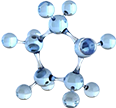MAPK14 Target Analysis Report Summary

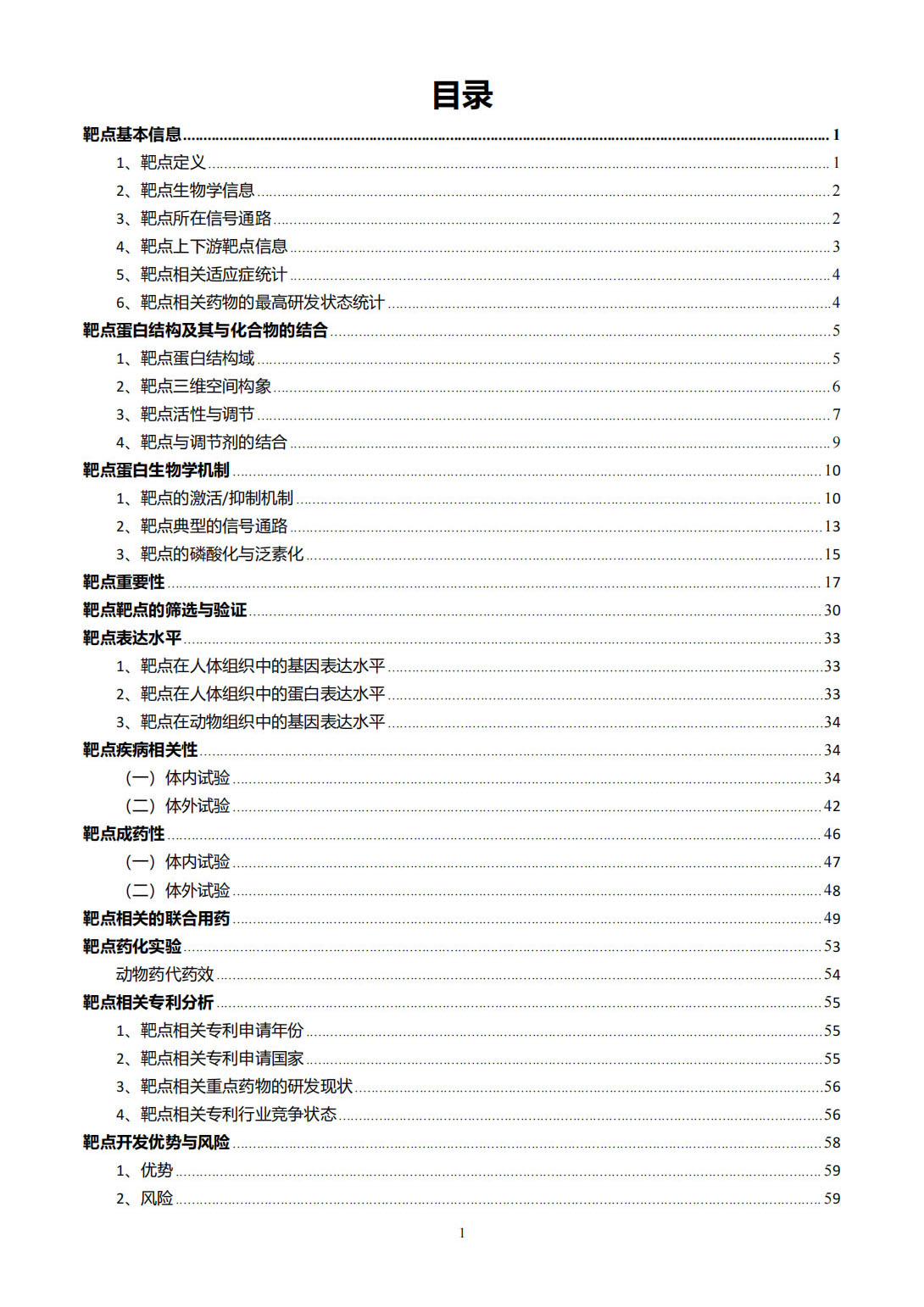
About the Target
Based on the given context information, the key viewpoints regarding the p38 MAPK (p38 or MAPK14) are as follows:
p38 signaling pathway and apoptosis in T2DM and periodontitis patients: The p38 signaling pathway plays a role in upregulating apoptosis in neutrophils, leading to efficient reduction of neutrophils in individuals with type 2 diabetes mellitus (T2DM) and periodontitis [1].
p38's role in repair and recruitment to DNA damage: Inhibition of p38 signaling affects repair and recruitment to DNA damage caused by oxidative stress [2].
p38 MAPK pathway in response to oxidative stress: Under moderate oxidative stress, the p38 MAPK pathway is inactivated through ZNF32-dependent regulation, promoting cell survival. However, excessive oxidative stress activates the p38 MAPK pathway, leading to cell death [3].
Positive-feedback circuit involving p38 and GATA-2: Activation of p38 and ERK signaling by GATA-2 stimulates AML cell proliferation and upregulates the expression of cytokines such as IL1B and CXCL2, forming a positive-feedback circuit [4].
p38 activation in drug-tolerant breast cancer cells: under drug stress, sustained p38 activation is associated with a phenotype switch towards a drug-tolerant state in breast cancer cells. Inhibition of p38 can potentially reduce Bcl-2 expression and increase cell death [5].
Overall, p38 MAPK plays a significant role in various biological processes, including apoptosis, DNA damage response, oxidative stress, cell proliferation, and drug tolerance.
Based on the given context information, here are some key viewpoints regarding p38 MAPK (MAPK14):
Knockdown of KLF5 sensitizes cells to cisplatin, indicating that p38 MAPK may play a role in cisplatin resistance [6].
Activation of p38 MAPK is involved in the IL-1 signaling pathway, leading to the phosphorylation of JNK and p38 [7].
CD40-CD40L interaction recruits TRAFs and activates multiple signaling pathways including p38 MAPK [8].
The p38 MAPK axis is implicated in regulating the expression of pro-angiogenic and anti-angiogenic factors in the retinal pigment epithelium of the diabetic retina [9].
LRRC8A triggers WNK activation, which in turn promotes regulatory volume increase (RVI) and cell survival under hypertonic conditions, potentially through p38 MAPK phosphorylation [10].
These viewpoints suggest that p38 MAPK is involved in various cellular processes, including drug resistance, IL-1 signaling, CD40-mediated signaling, angiogenesis, and cell survival under hypertonic conditions.
Figure [1]
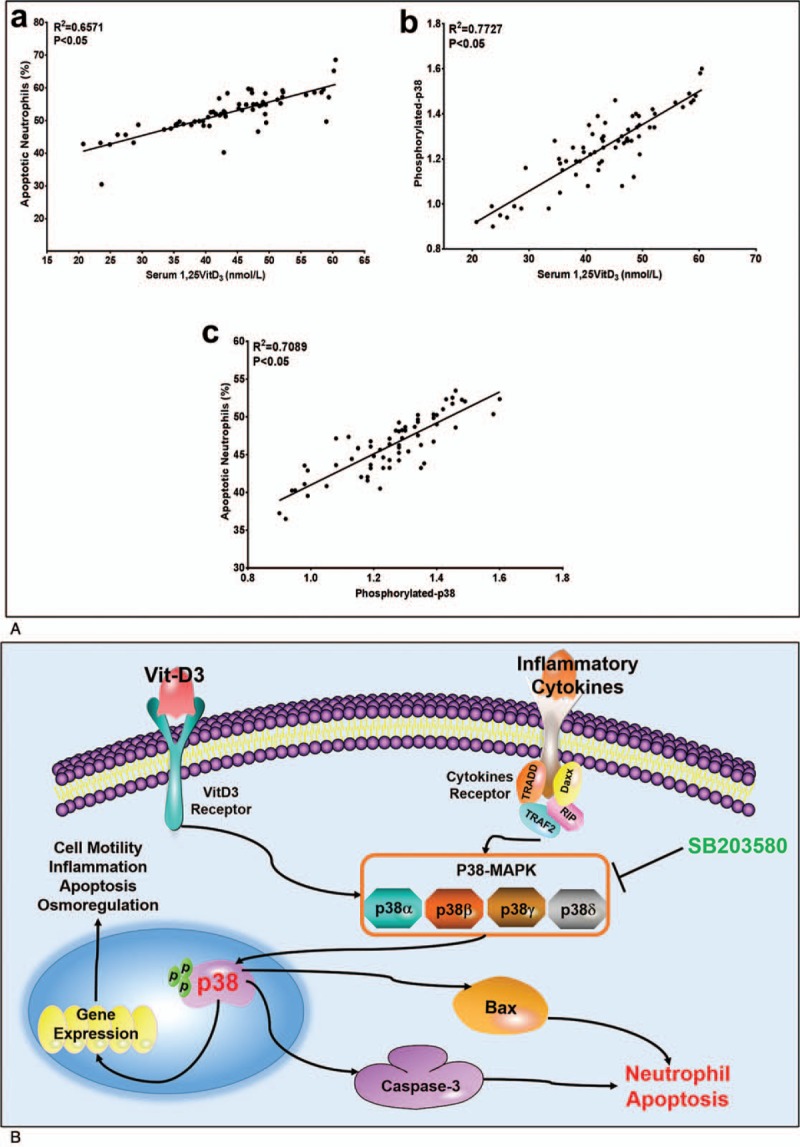
Figure [2]
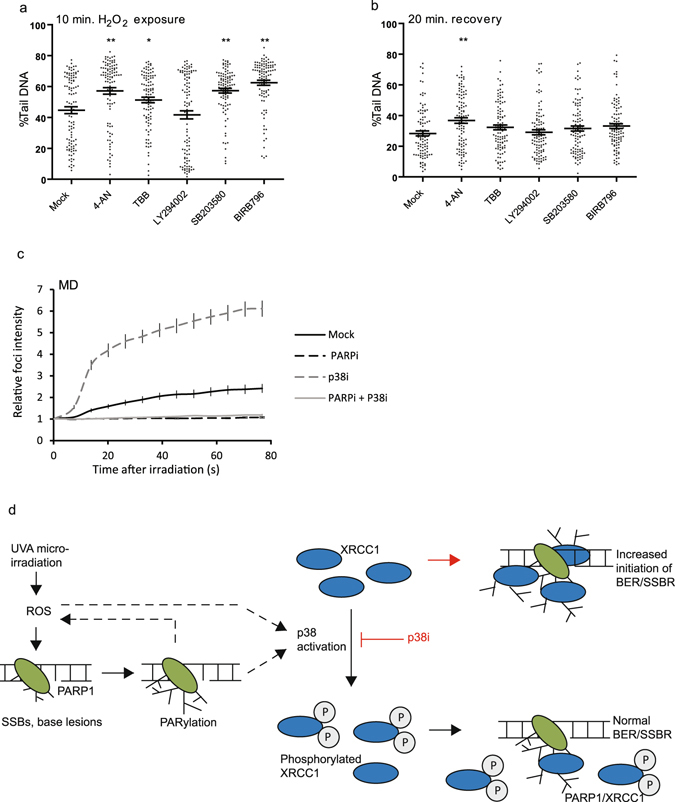
Figure [3]

Figure [4]
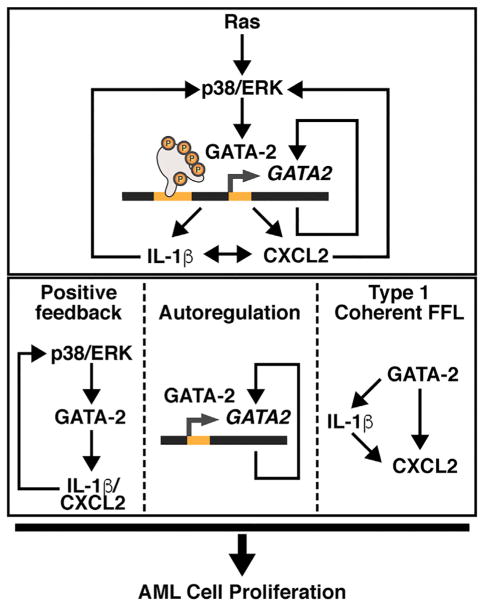
Figure [5]
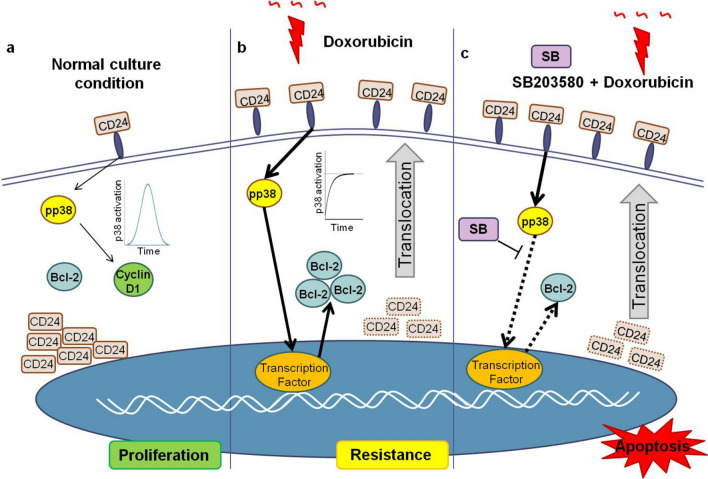
Figure [6]
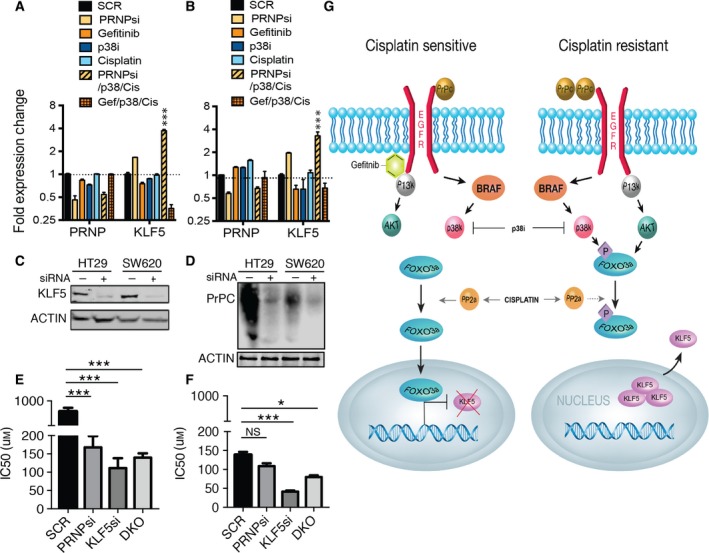
Figure [7]

Figure [8]
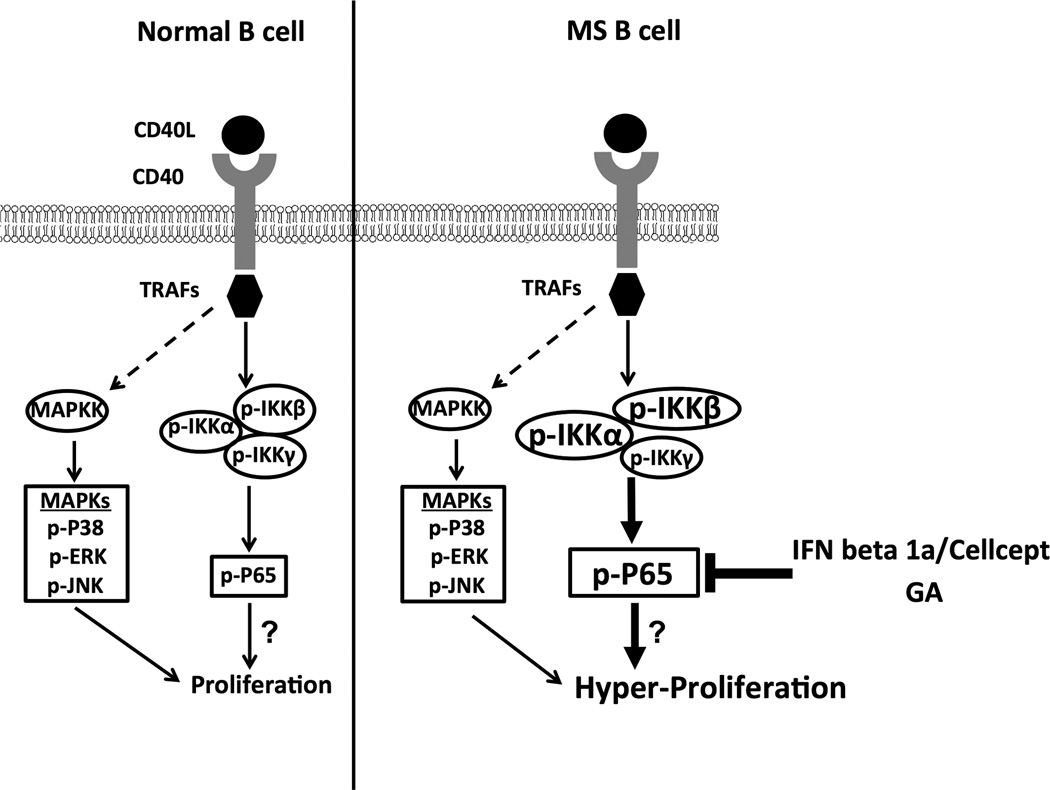
Figure [9]
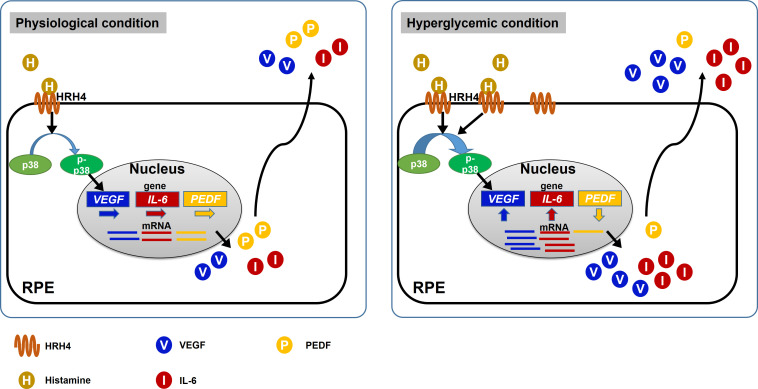
Figure [10]
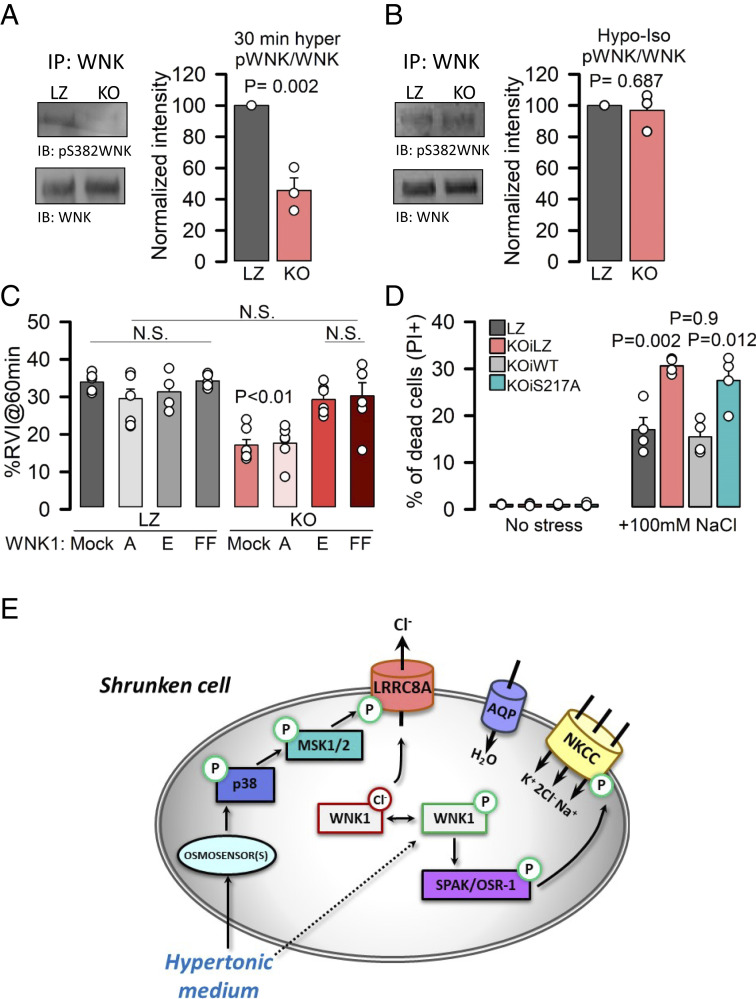
Note: If you are interested in the full version of this target analysis report, or if you'd like to learn how our AI-powered BDE-Chem can design therapeutic molecules to interact with the MAPK14 target at a cost 90% lower than traditional approaches, please feel free to contact us at BD@silexon.ai.
More Common Targets
ABCB1 | ABCG2 | ACE2 | AHR | AKT1 | ALK | AR | ATM | BAX | BCL2 | BCL2L1 | BECN1 | BRAF | BRCA1 | CAMP | CASP3 | CASP9 | CCL5 | CCND1 | CD274 | CD4 | CD8A | CDH1 | CDKN1A | CDKN2A | CREB1 | CXCL8 | CXCR4 | DNMT1 | EGF | EGFR | EP300 | ERBB2 | EREG | ESR1 | EZH2 | FN1 | FOXO3 | HDAC9 | HGF | HMGB1 | HSP90AA1 | HSPA4 | HSPA5 | IDO1 | IFNA1 | IGF1 | IGF1R | IL17A | IL6 | INS | JUN | KRAS | MAPK1 | MAPK14 | MAPK3 | MAPK8 | MAPT | MCL1 | MDM2 | MET | MMP9 | MTOR | MYC | NFE2L2 | NLRP3 | NOTCH1 | PARP1 | PCNA | PDCD1 | PLK1 | PRKAA1 | PRKAA2 | PTEN | PTGS2 | PTK2 | RELA | SIRT1 | SLTM | SMAD4 | SOD1 | SQSTM1 | SRC | STAT1 | STAT3 | STAT5A | TAK1 | TERT | TLR4 | TNF | TP53 | TXN | VEGFA | YAP1

